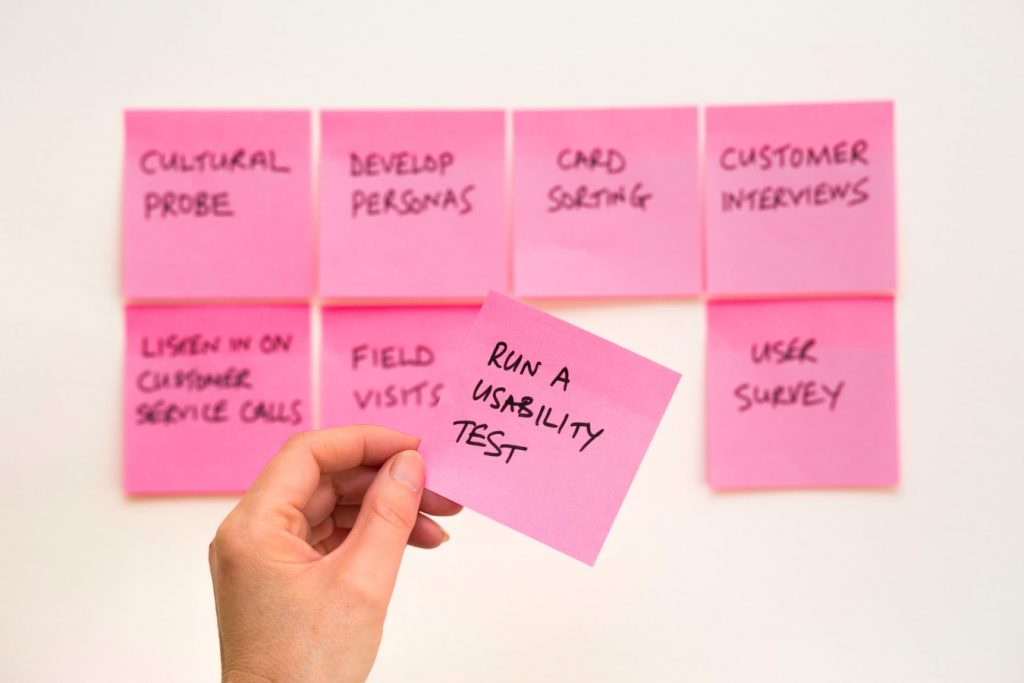Actualités

What are playtests for?

In early July, the Gamabilis studio launched the first playtests of its serious game on innovation: Challenger Deep. Playtesting is an important stage in the design of a game, and one to which a large part of the team must pay close attention. In fact, everyone involved in production wants to be able to test their work with the public. From marketing and design to programming and R&D, hypotheses have been put forward, and it is on these that the game has been built.
The moment of truth
Playtesting is a way out of a private working environment, where exchanges are restricted to a group. It’s the first publication – in the sense of making something public, accessible, to those outside the initial circle of creation. This moment of sharing and communication brings together those who produce and those who receive.
A serious game and its message are addressed to players for the first time. This message is complex and multifaceted. All the studio’s departments want to check whether their message is getting through, and how it is being received. Is the game too hard or too easy? Do players understand the game’s theme? Do they like the universe, the characters, the story? Does the game work technically? What are the bugs?
Playtests and customer demos
In the case of a serious game, other questions characteristic of this medium are added to the list. Does the game have an impact on players? Is the balance between learning and play optimal? Does the game meet customer expectations?
The communication scheme for a serious game is very specific, as it is aimed not only at players, but also at customers. Customer demos” are the other side of playtesting, and take place at the same time. As we have already mentioned, the production context of a serious game is partly defined by the expectations of the professional world. Sponsors are both senders and receivers of a serious game’s message, and their hybrid position in the production process strongly influences the content.
